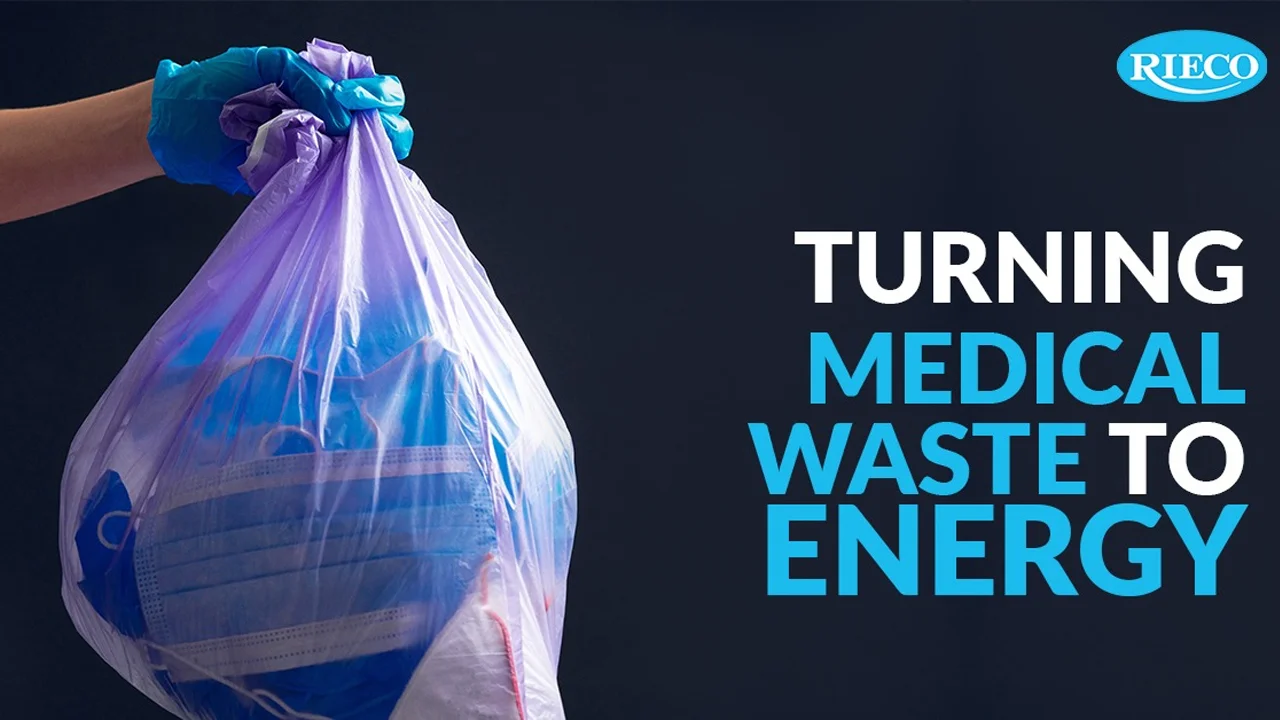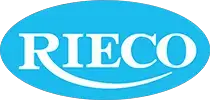- Industries
- Solutions
- Products
- Our Company
- Knowledge
- Contact Us

Turning Medical Waste to Energy

From fighting the pandemic to creating vaccination as soon as possible – Coronavirus created a havoc that no one was prepared for. One such issue that came with the pandemic was the increase in medical wastes such as masks, PPE kits, shields, gloves, etc. While we wanted to protect ourselves, we forgot how these wastes would negatively impact the environment.
Research says that the monthly consumption of facial masks and medical gloves has been reported to be around 129 billion and 65 billion
Now more than ever, we are in a dire need to solve this growing problem but can we turn this medical waste problem into an opportunity. The greater question that must be addressed is – HOW?
How can we reduce the hospital’s ecological footprint?
How can we convert this budding concern into an opportunity?
How can we save the environment but also save time, money and energy?
The answer is simple – by turning your medical wastes into energy.
Is it possible?
Is this solution a good fit for you?
Let’s understand together.
According to the World Health Organisation, medical waste or biomedical wastes includes infectious, pathological, chemical, pharmaceutical, cytotoxic, and radioactive waste, as well as non-hazardous or general waste.
To understand it clearly, medical wastes can be divided into two categories –
- Non-hazardous waste including disposable masks and gowns, office material
- Hazardous waste including chemical, toxic, explosive, pathogenic, or radioactive waste.
These are, unfortunately, a consequence of the medical field’s effort to protect and heal health and lives. But what about the tremendous environmental impact these wastes have because of inadequate medical waste management?
Contaminated gloves, vials, sharps containers etc. are harmful to humans, animals, and the environment. Considered challenging and costly, these wastes are traditionally handled in two ways –
- Transporting the waste by a refrigerated truck to a contractor owned/operated waste management facility, where it is either incinerated or autoclaved and then landfilled.
- In other cases, the hospital disinfects the medical waste on-site before sending it to the external management company.
In both the ways, the waste majorly contributes to greenhouse gas emissions, health hazards and destroys the rich flora and fauna. Thus, traditional medical waste management is not sufficient!
The reason why the traditional medical waste management needs to be updated is because it lacks on-site waste treatment. This results in a huge negative impact on the environment.
With new simple solutions, it is possible to convert waste to energy by simply treating it properly on the site.
Waste-to-energy is the processing of waste to obtain energy, which can be used in the same plant or commercialized. It recovers energy contained in the by-products and uses it as clean fuel. These technologically advanced machines convert almost any combustible medical waste into renewable thermal energy.
- It eliminates transport cost and hazards completely
- Reduces the waste treatment cycle
- Generates energy that can be used in the facility
- On-site disinfection before biomedical waste transport eliminates hazards associated with transport
- Socially and politically acceptable compared to the traditional medical waste management system
- Significantly reduced waste volume due to recycling and reusing the waste
- Reduces environmental footprint related to transport and landfills
- Destroy germs, hazardous materials, chemicals and other elements that are harmful for people and the environment
- Cleaner gas emissions
- Recovering thermal energy
- Saves flairs and fauna from destruction
- It eliminates transport cost and hazards completely
- Reduces the waste treatment cycle
- Generates energy that can be used in the facility
- On-site disinfection before biomedical waste transport eliminates hazards associated with transport
- Socially and politically acceptable compared to the traditional medical waste management system
- Significantly reduced waste volume due to recycling and reusing the waste
- Reduces environmental footprint related to transport and landfills
- Destroy germs, hazardous materials, chemicals and other elements that are harmful for people and the environment
- Cleaner gas emissions
- Recovering thermal energy
- Saves flairs and fauna from destruction
This global health crisis puts extra pressure on regular waste management practices and waste valorization is the need of the hour.
To minimize harsh effects to the environment and encourage sustainable Industrial progress, RIECO has partnered with TECAM, Spain to offer environmental technology for waste treatment. With experts at TECAM, RIECO offers incinerators to eliminate all types of waste, specifically hazardous waste produced in the medical, chemical and petrochemical sectors. Apart from that, Tecam and Rieco also offer solutions for the removal of VOCs and odour abatement, with products such as Regenerative Thermal Oxidizers (RTO).
From saving the environment from possible pollution to helping hospitals save money, time and energy – this waste to energy process is the saviour for the plant, planet and people.

